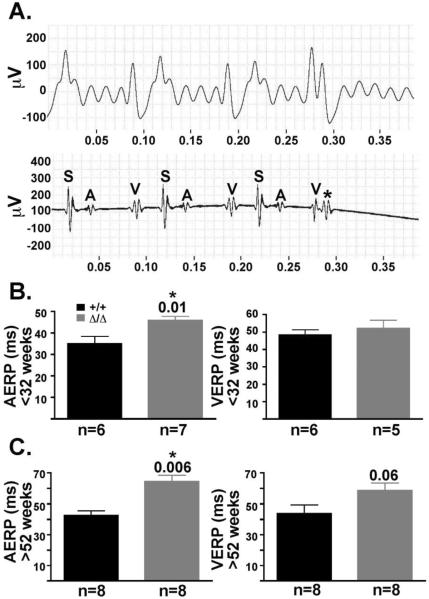Figure 3. Δ/ΔKASH mice have prolonged refractory times affecting the atrial and ventricles compared to wildtype littermates.
(A) Representative surface ECG (top) and corresponding intracardiac electrophysiologic (bottom) tracing from Δ/ΔKASH mouse. The pacing stimulus is labeled S, the atrial response A and the ventricular response V. At 60ms, the Δ/ΔKASH heart has no atrial response to an early stimulus, shown by the asterisk. (B) Graphs of the AERP and VERP in young (<32 weeks) and (C) old (>52 weeks) Δ/ΔKASH mice and wildtype littermates. Both young and old Δ/ΔKASH mice have a longer AERP (p=0.01 and p=0.006, respectively) and a slightly longer VERP (p=0.06) than wildtype littermates. Black bars represent wildtype mice, gray bars represent Δ/ΔKASH mice. Number of mice in each study are listed below the corresponding bars. ms=milliseconds

